You are more likely to see black bears than grizzly bears almost everywhere you go in the Lower 48 states and in Canada. However, you will benefit from knowing the difference between the two species of bears when you hike, hunt, or visit the areas where they coexist.
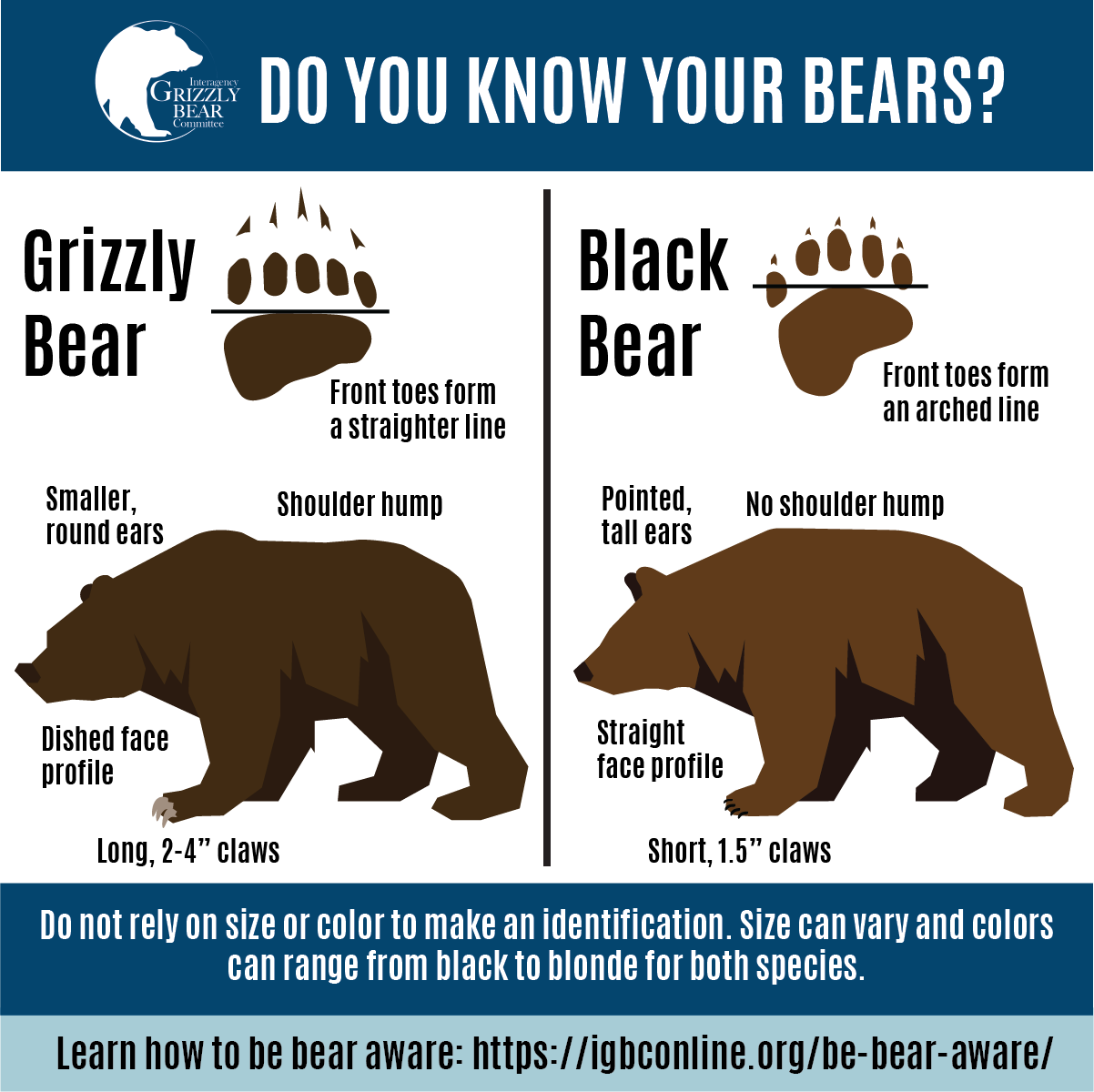
The following websites offer excellent guidance and self-testing for identifying grizzly bears and black bears:
Know the Signs of the Grizzly
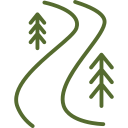
Tracks & Trails
A bear’s track is five-toed; the claws are sometimes evident and sometimes not. Bears often follow the same routes as people, along established trails, in late evening or early morning. Fresh bear tracks are most often seen on trails in the morning.
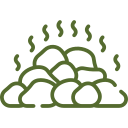
Scat (Droppings)
Dropping are often found along the trail and in open meadows. Bear scat is often quite dark in color, with partially digested vegetation, insects, and hair visible. While grizzly scat is about 2 inches or so in diameter, it is not always possible to distinguish black bear from grizzly scat by size.

Claw & Teeth Marks
Bears often use “mark” trees, where they claw and rub against the tree. Such trees usually have many claw marks and hair in the exposed sap. Vertical scratch marks are usually at eye level, but may, in some cases, be as high as 12 feet off the ground.
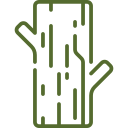
Stripped Bark
Bears strip down and tear off tree bark from young conifers to eat the inner layer, usually in the spring. (However, stripped bark can also be a sign of antlered or horned wildlife rubbing against trees.)

Cache
Bears cover the carcasses of large animals and carefully guard them. These appear as humps on the ground covered by branches, grasses, and dirt. Be alert for a strong dead-animal odor and scavenging birds in the area. Such sites should not be approached and you should expect a bear to be nearby.

Fish Parts
In areas near some streams, remnants of fish heads, tails, and eggs can be seen where bears have been feeding on spawning fish; the odor of dead and rotting fish may be noticeable.

Diggings
Bears consume great quantities of food (roots and tubers, worms, insects, small rodents) found below the surface of the ground. Anthills and dry stream banks may be scooped out. Sometimes tell-tale claw marks may be visible in the dirt.

Logs & Stumps Torn Apart
Logs may be rolled over or ripped apart by bears in search of a meal of ants and other insects, or mice, squirrels, and other rodents.

Rocks Overturned
Bears flip rocks looking for insects. Often many rocks in an area are flipped over on top of growing vegetation, next to a bare area or diggings in the ground.
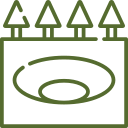
Day Beds
A depression in the ground or a place where vegetation has been flattened, often with several scats nearby and near a food source. Bears will commonly return to day beds when not feeding or migrating.

